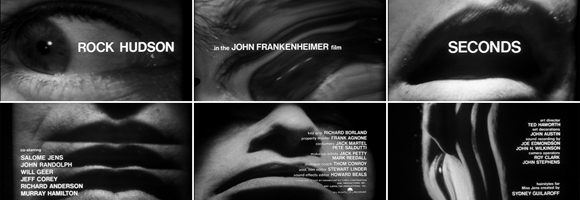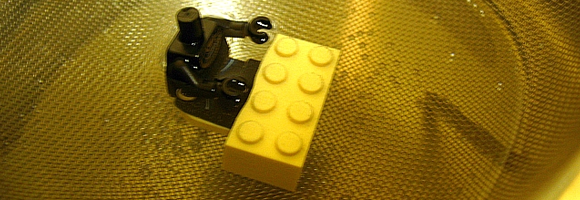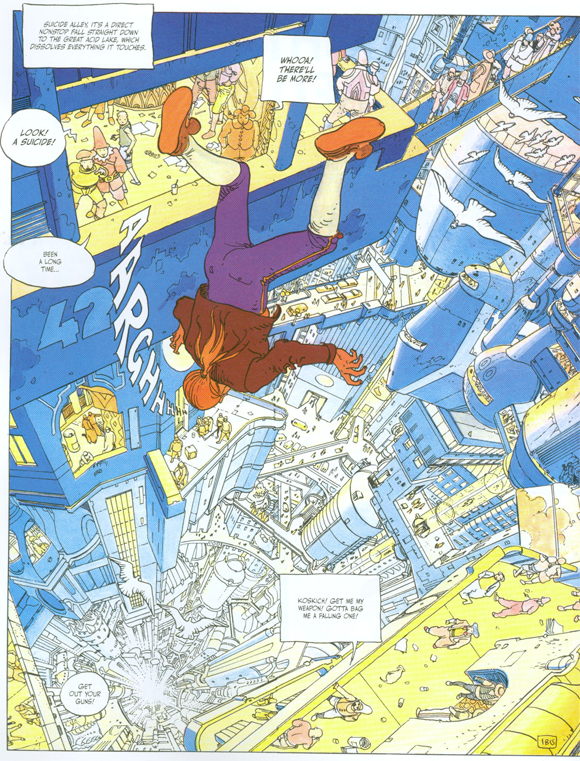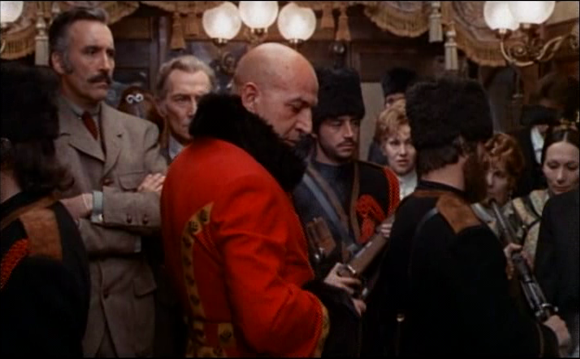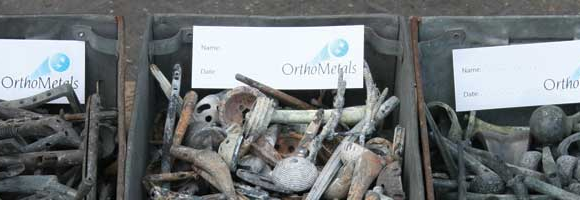In the navigation menu above ↵cyberpunk has appeared as a new element. Here is what the new element and its dropdown menu are all about:
On the pages assembled in this menu I am collecting ↵motion pictures, ↵literature, ↵comics, and ↵computer games which can be called cyberpunk or cyberpunkish. A cultural artefact out of this categories qualifies, and is added to the respective list, if it comprises a sufficiently critical mass composed of peculiar core themes, æsthetics, settings, and protagonists.
At the thematic core there are the reciprocal effects between state-of-the-art technology and culture, society, the individual, and even humanity in general. The focus may be on digital electronics in all its guises and fictional interpolations, more often than not computer- and network-technology, but also on bio- and genetic technologies, and nanotechnology. It hardly occurs that technologies are rendered downright negative, rather fundamentally ambivalent.
In respect to the individual the motif of invasive technologies, up to human-machine fusion, is central. No matter if these technologies are mechanical, electromechanical, electronic, chemical, psychological, or consisting of combinations of these. Then artificial intelligence up to sentient systems, and synthetic humans, both genetically engineered ones and robotic androids. The motifs inevitably culminate to the basic anthropological question ‘What is human?’
In the same context the portrayal of omnipresent information technologies, up to fully immersive virtual realities and the cybernetic vision of uploading human minds into computer systems, powerfully poses one of the most basic philosophical questions possible: ‘What is real?’
In respect to society the topos of totalitarian regimes is a prominent one. Those may be nation states, but oftentimes are transnational, megalomaniacal corporations. They may exert societal and social control by heavily relying on ubiquitous and networked surveillance technology—thereby impairing civic rights. Results are dramatically stratified societies with embedded gated communities where the elites live highly privileged. Thus a whole array of contemporary and relevant ethical and political questions is addressed.
The core themes are reflected in, or transported by specific settings, protagonists, æsthetics, and strategies of representation and narration.
The stories oftentimes are set within gigantomaniacal metropolitan landscapes. Both on the levels of the street and the cityscape legacy to Fritz Lang’s ‘Metropolis’ (1927) and Ridley Scott’s ‘Blade Runner’ (1982). Sceneries of urban decay on the one hand, and high-tech glitz interiors and exteriors on the other hand are tropes illustrating the tier society. The visual appearance of architectural and other artefacts depict retrofitted futures, blending downright futuristic designs with neo-gothic, 19th century, victorian, or even baroque styles.
In the case of movies and computer games the visuals are complemented by industrial music or soundscapes à la Vangelis—but I am still very much at sea in respect to the sound design.
Fittingly the time frames are recognizable near futures, maybe dystopian or even post-apocalyptic, and alternate histories.
The protagonists usually are outsiders, outcasts, underdogs, loners, and anti-heroes. Here the influence of hardboiled detective fiction and film noir is very clear-cut. This influence also is manifest in conventions and strategies of representation and narration
Mind that the lists, and this heuristic text, are very much work in progress. The plan behind all that is my attempt to show that what I call, conceptually following Foucault, the ‘cyberpunk discourse’ gathers ever more momentum, on a global scale is more influential than ever, and hence has to be included if we strive to understand our contemporary world.
I am continually designing, drafting, and rejecting tables, diagrams, and variables in order to get everything into the mold of a coherent argument that will make sense.
Although the lists are far from being complete in any way, I thought that others might enjoy them, too. So I put them online. Plus, the basis of my line of argumentation only can be a substantial, representative, and structured collection of data. So, if you got any ideas what should be added to the lists, don’t hesitate and let me know.

